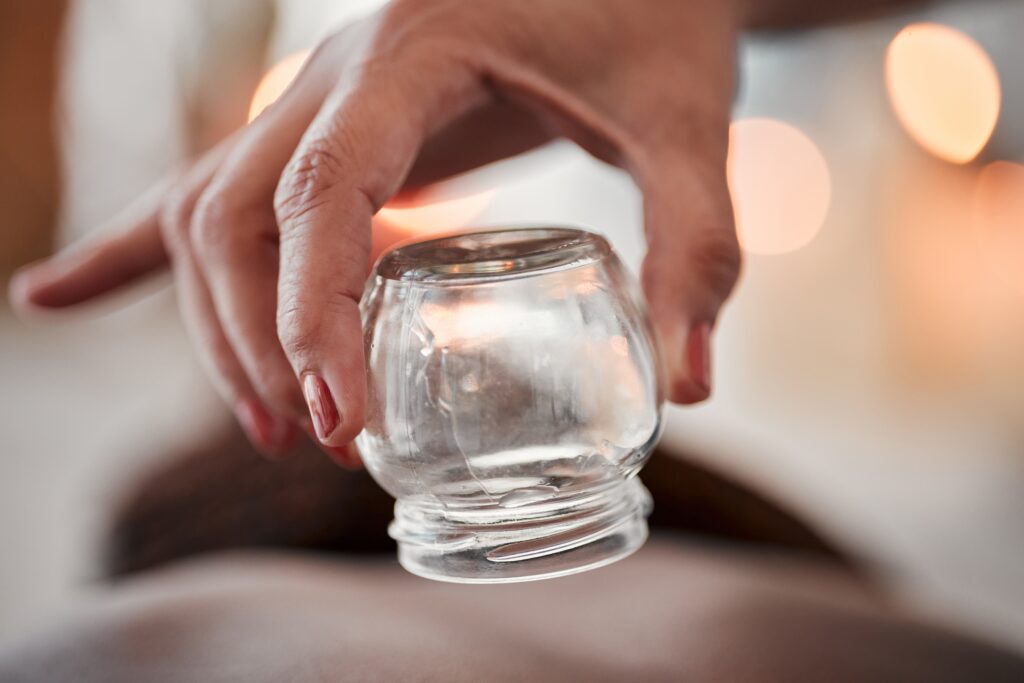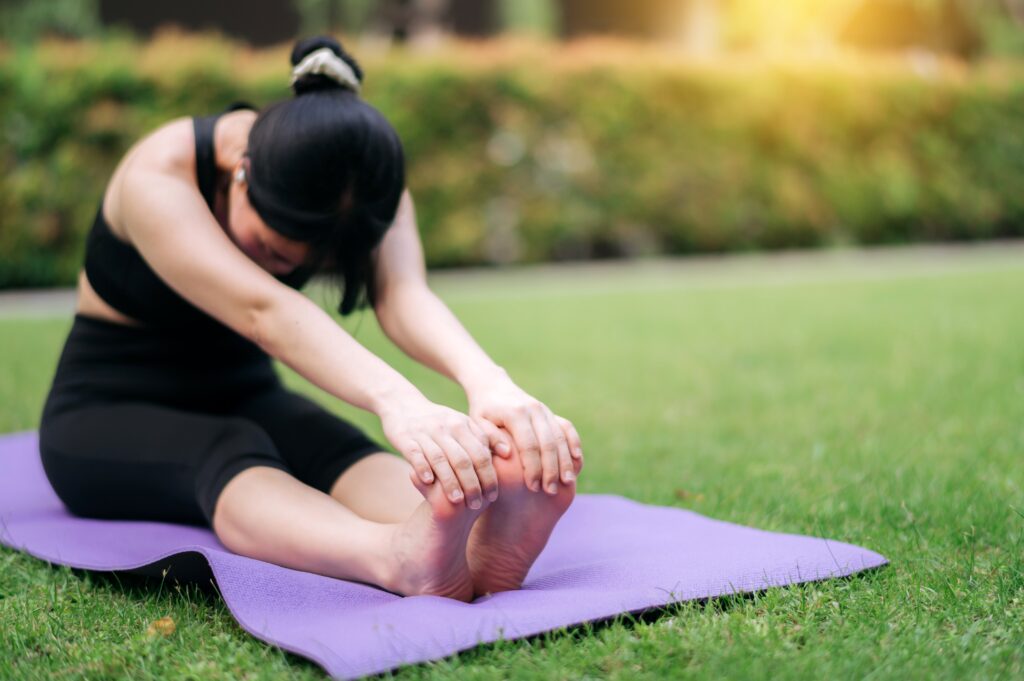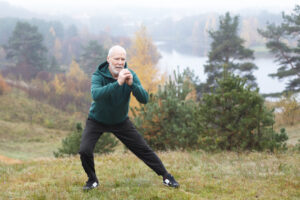The History of Muscle Cupping
In recent years, muscle cupping has gained popularity as a therapeutic technique offered by physical therapists that uniquely blend ancient wisdom and modern science. This fascinating – and somewhat controversial – treatment method involves using specialized cups to create suction on the skin’s surface, promoting blood circulation, pain relief, and muscle recovery.
Muscle cupping is not a new phenomenon. It has deep historical roots, with evidence of its use dating back to ancient Egyptian, Chinese, and Middle Eastern civilizations. Traditional cupping therapy was primarily performed by heating glass or bamboo cups and placing them on the skin to create a vacuum. This method was believed to draw toxins and stagnant energy out of the body, promoting overall health and well-being.
While the practice has evolved over the centuries, today, it combines traditional wisdom with modern innovations in cupping technology. Practitioners, including physical therapists, focus on the muscular system and aim to alleviate pain, promote recovery, and improve overall muscle function.

How Muscle Cupping Works
Muscle cupping – also known by its technical term of myofascial cupping – operates on the principles of creating suction within cups that are strategically placed on the body. The cups can be made of various materials, including silicone, glass, or plastic, and come in different shapes and sizes.
Creating a Suction
The therapist places a cup on the targeted area of the patient’s body, usually lubricated with oil to enhance the cup’s seal. A vacuum or suction effect is created within the cup, pulling the skin, muscle, and fascia upward.
Increased Blood Flow
The suction the cup creates promotes increased blood circulation to the treated area. This surge of fresh blood brings essential nutrients and oxygen, aiding in tissue repair and healing.
Muscle and Fascia Release
Muscle cupping helps release tension and adhesions within the muscle and fascia. It can be particularly beneficial for athletes, individuals with muscle tightness, and those recovering from injuries.
Pain Relief
The gentle pulling and stretching of the muscle and fascia can relieve pain and reduce muscle soreness. It also encourages the release of endorphins, the body’s natural painkillers.

Benefits of Muscle Cupping
Pain Management
Muscle cupping is often sought after by individuals dealing with chronic pain conditions, such as back pain, neck pain, or tension headaches. It offers a non-invasive and drug-free alternative for pain relief.
Enhanced Muscle Recovery
Athletes and physically active individuals often turn to muscle cupping to speed up recovery after intense workouts or injuries. The improved blood flow and tissue regeneration can help reduce downtime and get individuals back to their activities more quickly.
Improved Range of Motion
Cupping therapy can enhance flexibility and range of motion by releasing tight muscles and fascia, making it a valuable addition to physical therapy regimens.
Stress Reduction
Beyond its physical benefits, muscle cupping can also have a calming and stress-reducing effect, helping to relax the body and mind, which is essential for overall well-being.

Natural Healing
One of the most appealing aspects of muscle cupping is that it’s non-invasive and works in harmony with the body’s natural healing processes, making it a holistic approach to health and wellness.
If you’re interested in exploring muscle cupping as a potential addition to your wellness and recovery practices, let’s chat. Dosher Physical Therapy has team members trained in the proper techniques and methods and can incorporate muscle cupping into your care plan.






